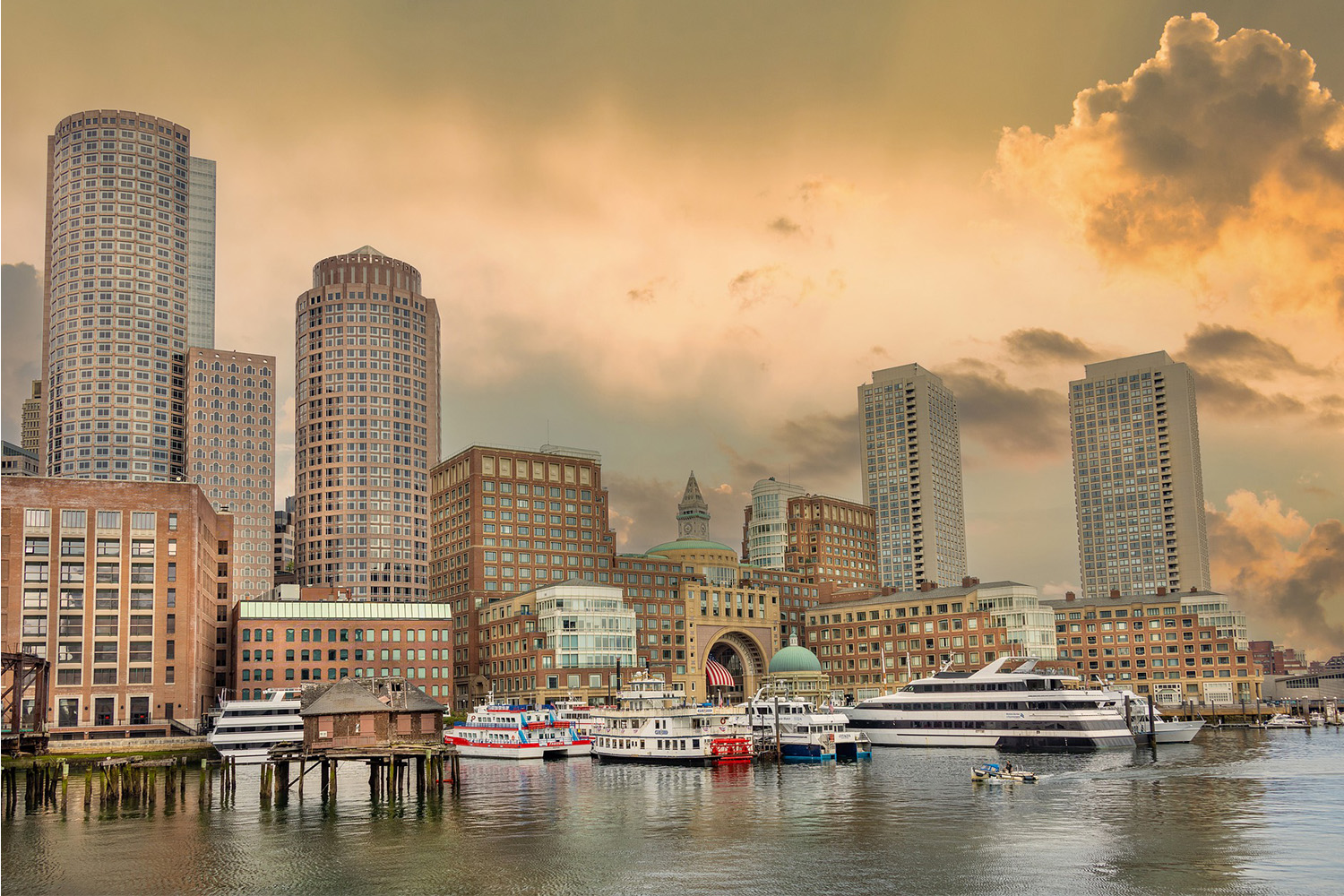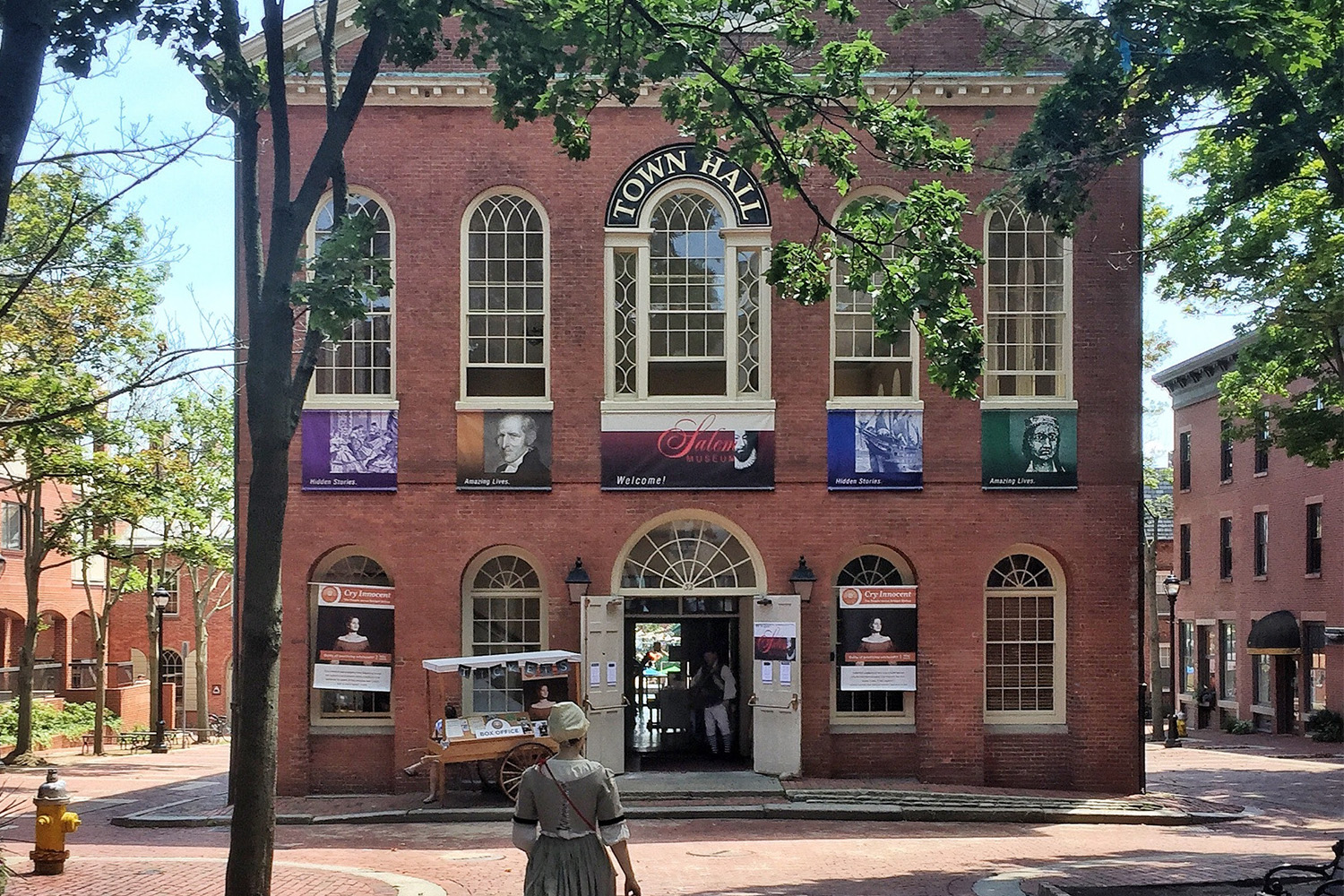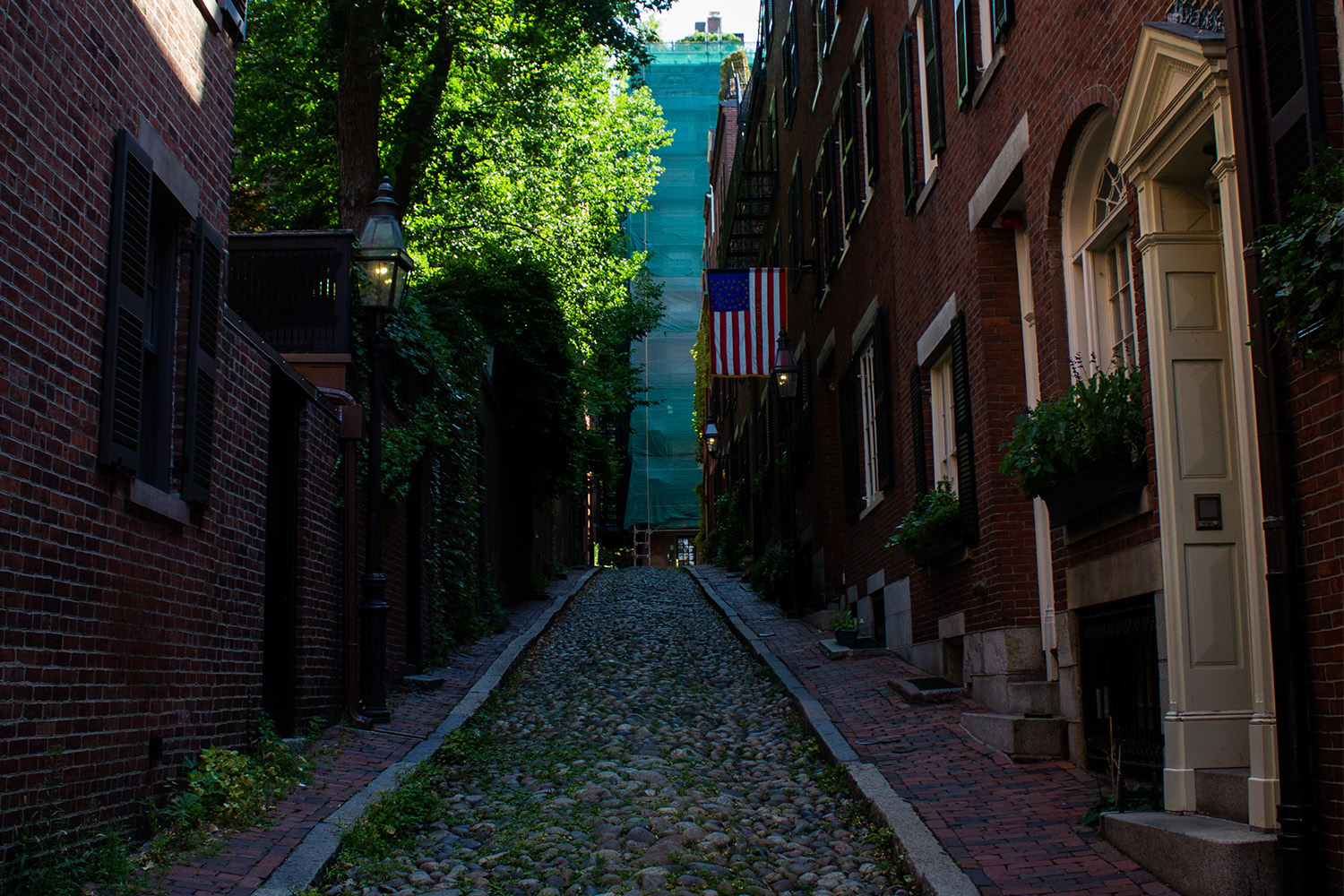New England Preservation – Part 1

We start with Massachusetts preservation…
This week, VJ Tocci, our internal expert on historic buildings, highlights New England’s preservation of architecture, inspired by the latest Architectural Record Building Types Study on “Adaptive Reuse” projects.
VJ Tocci: Last week, I wrote about the inspiring preservation of the American South. Although the preservation movement originated in the American South, it has found its most fertile soil in New England – particularly in Massachusetts.
Boston
- Boston has more existing historic architecture than any other City in the US – a point I continuously emphasized to my peers while at University of Texas. Walking from neighborhood to neighborhood is an experience in moving from architectural era to era.
- The “Freedom Trail” weaves through the history, neighborhoods, and architecture, offering an opportunity to experience three of the US’ best preserved urban neighborhoods.

Beacon Hill
- Established in the early 1800’s, Beacon Hill retains most of its original architecture. The narrow and irregular streets are historic reminders of an era when John Quincy Adams was President and America was first cutting its teeth as an independent nation.

South End
- In the 1850s, the city filled in a swampy area along the Charles River to create Back Bay and the South End. These neighborhoods combined urban planning and America’s greatest landscape architect, Fredrick Law Olmstead, to create an urban setting that is still amongst the great communities in the U.S. The affluent flocked to this area when it was created and it remains a chic destination.
North End
- The North End is now famous as Boston’s traditionally Italian neighborhood, but it was actually amongst the original settlements from the mid-1600s. Although most of its current architecture is from the late 1800s and early 1900s, Paul Revere’s House and the Old North Church are preserved remnants from the Revolutionary War era.
Charlestown
- Most of Charlestown’s historic homes were built between 1830 and 1870. The city originally developed and maintained it as a predominantly working class neighborhood, as opposed to the “upper class” neighborhoods of Back Bay, Beacon Hill, and the South End. The architecture reflects this class difference. Most of its homes are wood frame with clapboard siding and are built up and along Bunker Hill.
Boston isn’t the only historic town in Massachusetts… check back for more tomorrow on Massachusetts, and later this week for the rest of New England!